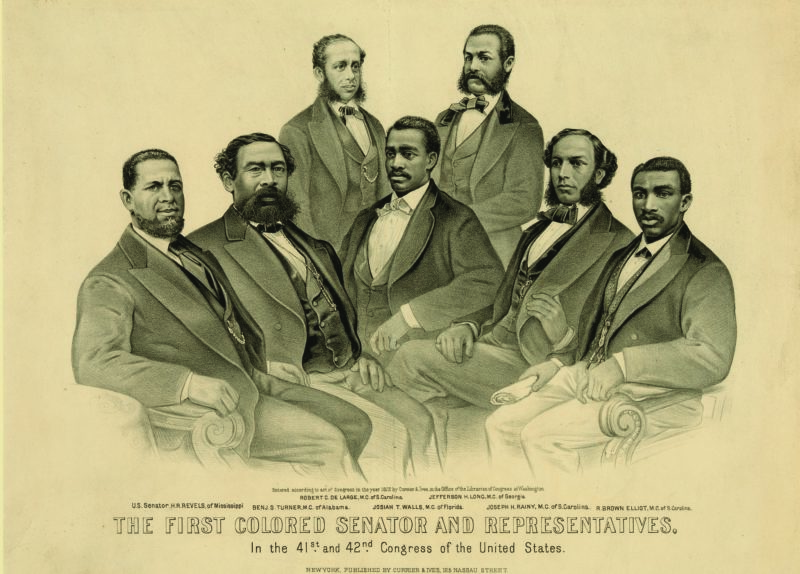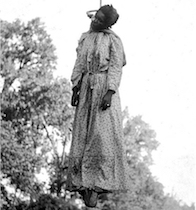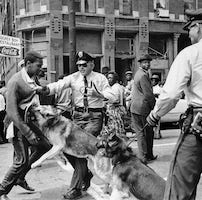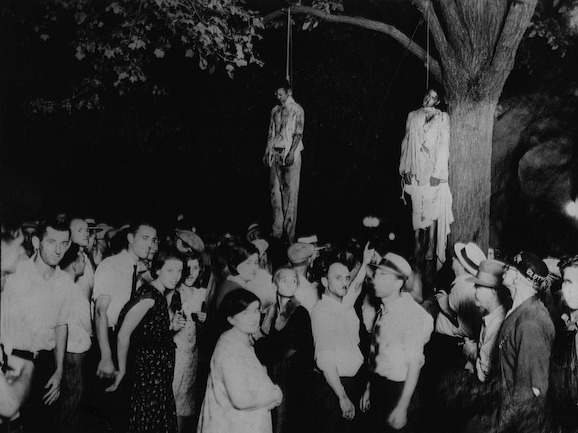U.S. Coast Guard will no longer classify swastikas, nooses as hate symbols
Share
Explore Our Galleries
Breaking News!
Today's news and culture by Black and other reporters in the Black and mainstream media.
Ways to Support ABHM?
By Tara Copp and Michelle Boorstein, Washington Post

The U.S. Coast Guard will no longer classify the swastika — an emblem of fascism and white supremacy inextricably linked to the murder of millions of Jews and the deaths of more than 400,000 U.S. troops who died fighting in World War II — as a hate symbol, according to a new policy that takes effect next month.
Instead, the Coast Guard will classify the Nazi-era insignia as “potentially divisive” under its new guidelines. The policy, set to take effect Dec. 15, similarly downgrades the classification of nooses and the Confederate flag, though display of the latter remains banned, according to documents reviewed by The Washington Post.
Certain historical displays or artwork where the Confederate flag is a minor element are still permissible, according to the policy.
Though the Coast Guard is not part of the Defense Department, the service has been reworking its policies to align with the Trump administration’s changing tolerances for hazing and harassment within the U.S. military. In September, Defense Secretary Pete Hegseth directed a review and overhaul of those policies, calling the military’s existing standards “overly broad” and saying they jeopardize troops’ combat readiness.
Keep reading to learn how the Coast Guard responded to this story.
Our Memorial to the Victims of lynching reflects the terror of the noose.









Comments Are Welcome
Note: We moderate submissions in order to create a space for meaningful dialogue, a space where museum visitors – adults and youth –– can exchange informed, thoughtful, and relevant comments that add value to our exhibits.
Racial slurs, personal attacks, obscenity, profanity, and SHOUTING do not meet the above standard. Such comments are posted in the exhibit Hateful Speech. Commercial promotions, impersonations, and incoherent comments likewise fail to meet our goals, so will not be posted. Submissions longer than 120 words will be shortened.
See our full Comments Policy here.